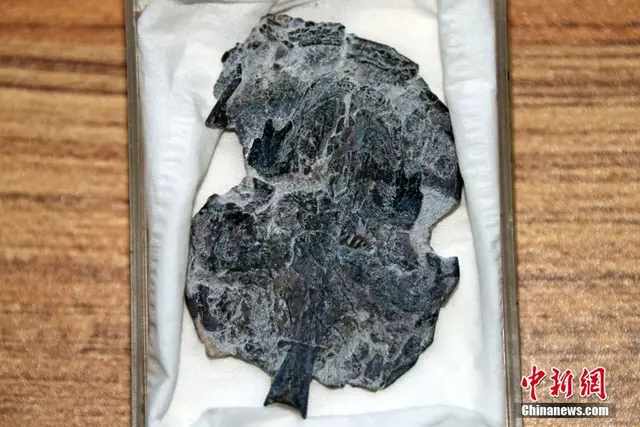亚太日报 Eric
On April 12, 2022, Beijing institute of vertebrate paleontology and paleoanthropology, Chinese Academy of Sciences (cas) by the vertebrate introduces, in a news release lungfish compared with other fish, and the four-legged animals, including humans, have closer genetic relationship, it usually has a specialized type developed tooth plate and the jaw, coupled with a powerful bite, Perfect for hunting shelled invertebrates. However, this traditional view has been changed by a team led by Zhu Min from the Institute of Vertebrate Paleontology of the Chinese Academy of Sciences (CAS). They discovered a 390 million-year-old fossil of a lungfish species in Huize County, Qujing, Yunnan province. The team found that the huizedipterus has a new type of dentate plate, which may not be able to feed on hard shell food like other lungfishes, but may feed on aquatic mollusks and even other fish by sucking. The paper, an important result of paleontology research, was recently published online in the international academic journal Systematic Paleontology. The picture shows a fossil specimen of huize Dipterygius.
(Sources:Global Times)
 简体中文
简体中文

